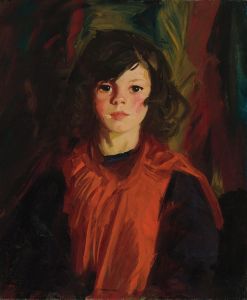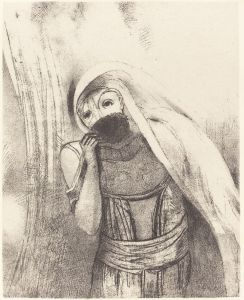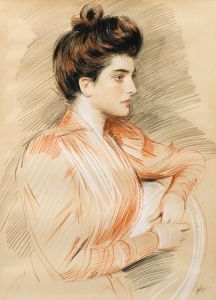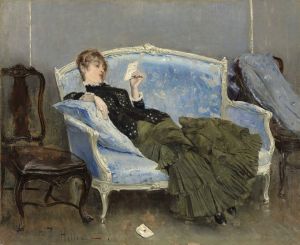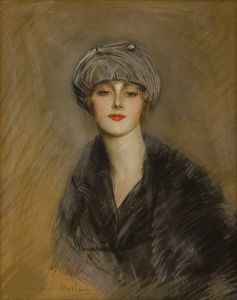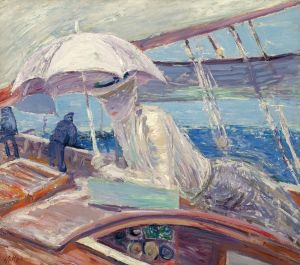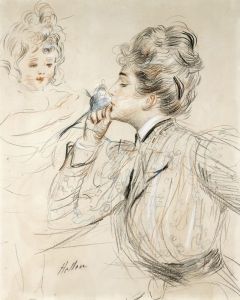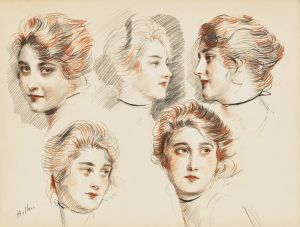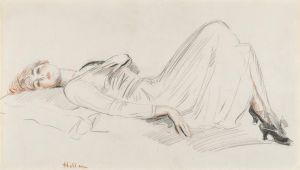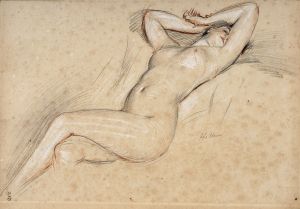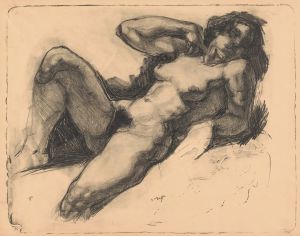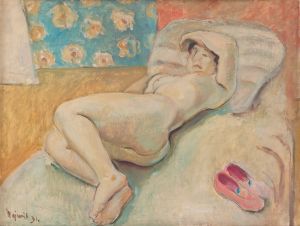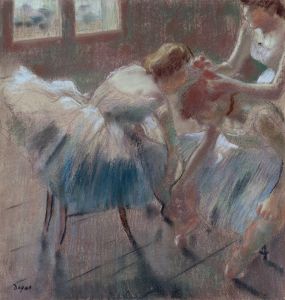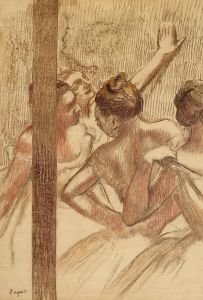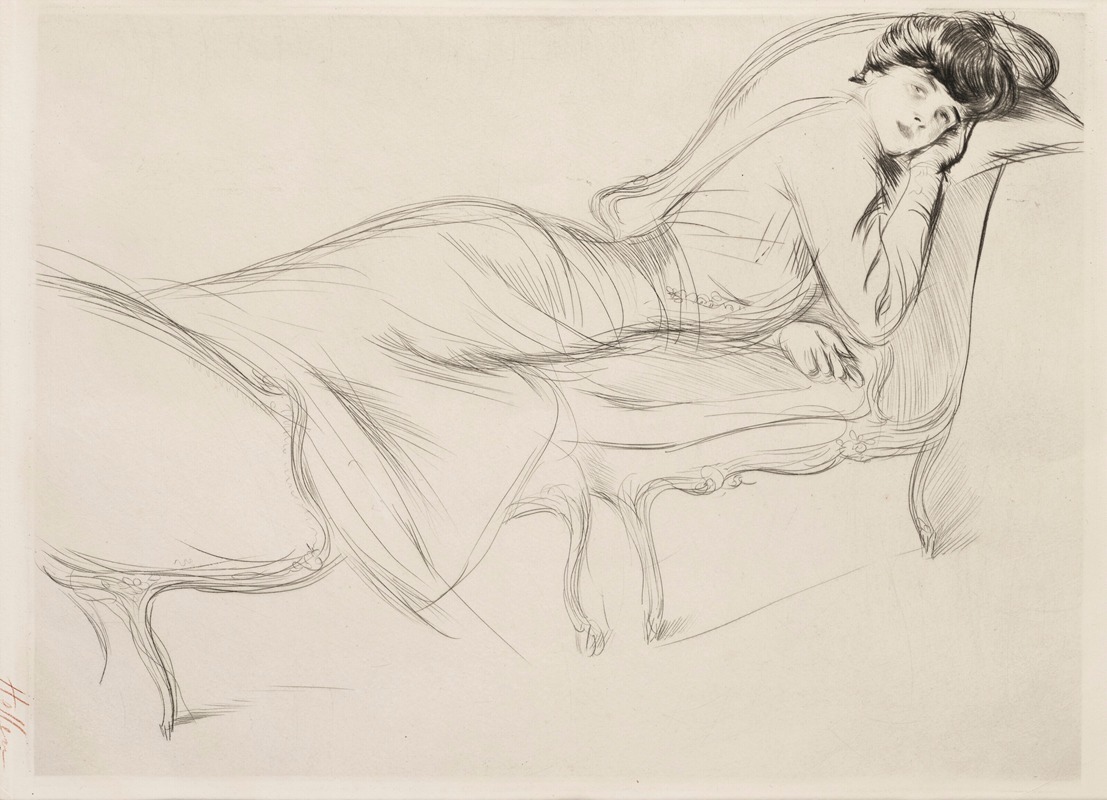
Portrait de femme alanguie
A hand-painted replica of Paul César Helleu’s masterpiece Portrait de femme alanguie, meticulously crafted by professional artists to capture the true essence of the original. Each piece is created with museum-quality canvas and rare mineral pigments, carefully painted by experienced artists with delicate brushstrokes and rich, layered colors to perfectly recreate the texture of the original artwork. Unlike machine-printed reproductions, this hand-painted version brings the painting to life, infused with the artist’s emotions and skill in every stroke. Whether for personal collection or home decoration, it instantly elevates the artistic atmosphere of any space.
Paul César Helleu was a notable French artist, renowned for his portraits of beautiful society women during the Belle Époque period. One of his works, "Portrait de femme alanguie," exemplifies his skill in capturing the elegance and grace of his subjects. Helleu was born on December 17, 1859, in Vannes, France, and he developed a passion for art at a young age. He studied at the École des Beaux-Arts in Paris, where he was influenced by the Impressionists and developed his distinctive style.
"Portrait de femme alanguie" is a testament to Helleu's ability to convey the relaxed and languid elegance of his subjects. The title translates to "Portrait of a Languid Woman," which aptly describes the serene and composed demeanor of the woman depicted in the artwork. Helleu often used drypoint etching, a technique that allowed him to create delicate lines and subtle tonal variations, which are evident in this portrait.
The woman in the portrait is depicted in a reclining position, exuding an air of sophistication and tranquility. Helleu's use of line is both fluid and precise, capturing the soft contours of the woman's face and the graceful drapery of her clothing. The artist's attention to detail is evident in the intricate rendering of textures, from the softness of the fabric to the gentle waves of the woman's hair.
Helleu's portraits were highly sought after by the elite of Parisian society, and he became known for his ability to capture the essence of his subjects with elegance and charm. His work was celebrated for its combination of realism and impressionistic flair, which allowed him to portray his subjects with both accuracy and artistic expression.
Throughout his career, Helleu maintained friendships with several prominent artists of his time, including John Singer Sargent and James McNeill Whistler. These relationships influenced his work and helped him to refine his technique and artistic vision. Helleu's portraits, including "Portrait de femme alanguie," reflect the cultural and social milieu of the Belle Époque, a period characterized by optimism, cultural flourishing, and artistic innovation.
Helleu's contribution to the art world extends beyond his portraits. He was also involved in the design of the ceiling of the Grand Central Terminal in New York City, which features a celestial map. This project further cemented his reputation as an artist of international acclaim.
"Portrait de femme alanguie" is a fine example of Helleu's mastery of portraiture and his ability to capture the beauty and elegance of his subjects. His work continues to be celebrated for its artistic merit and its reflection of the cultural zeitgeist of the late 19th and early 20th centuries. Helleu passed away on March 23, 1927, in Paris, but his legacy endures through his exquisite portraits and contributions to the art world.





